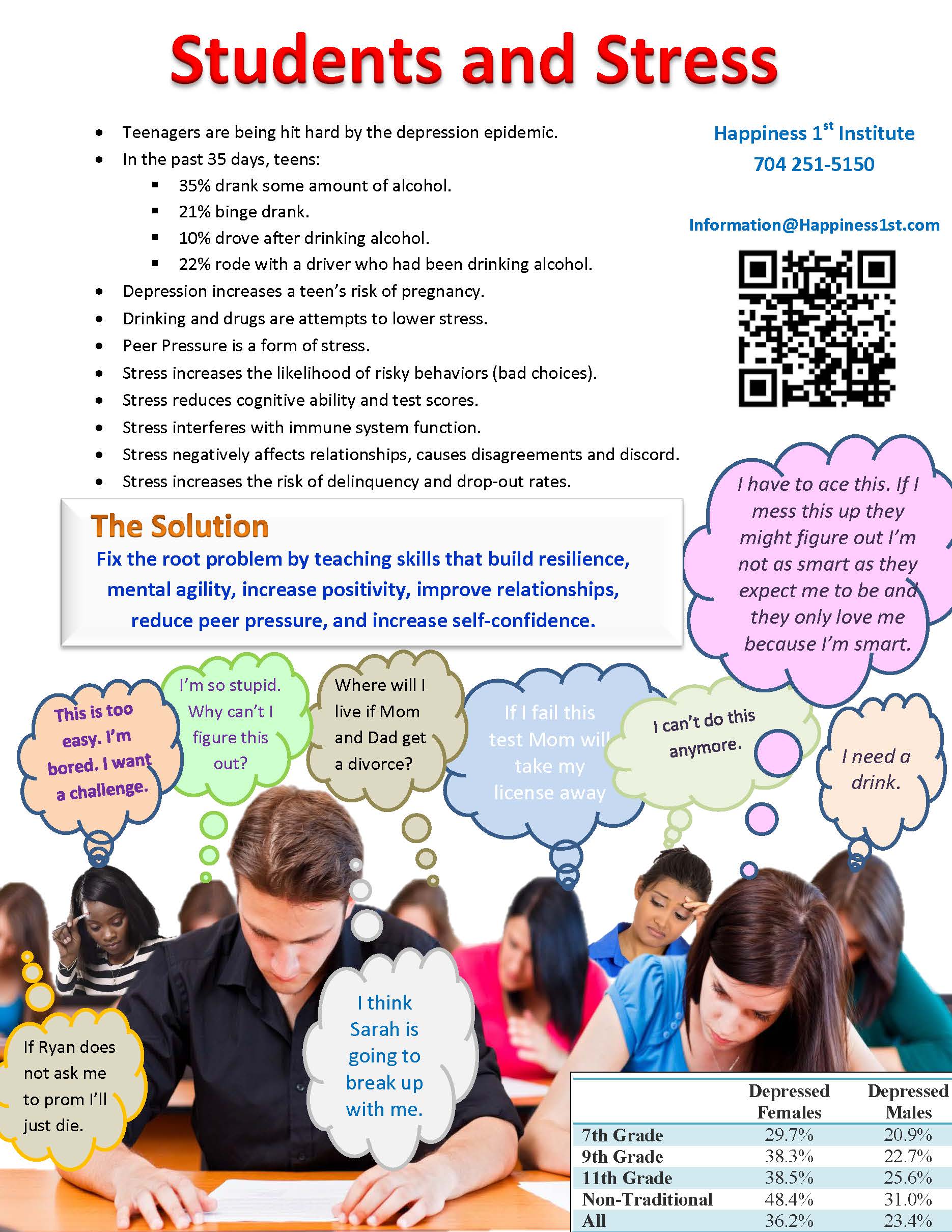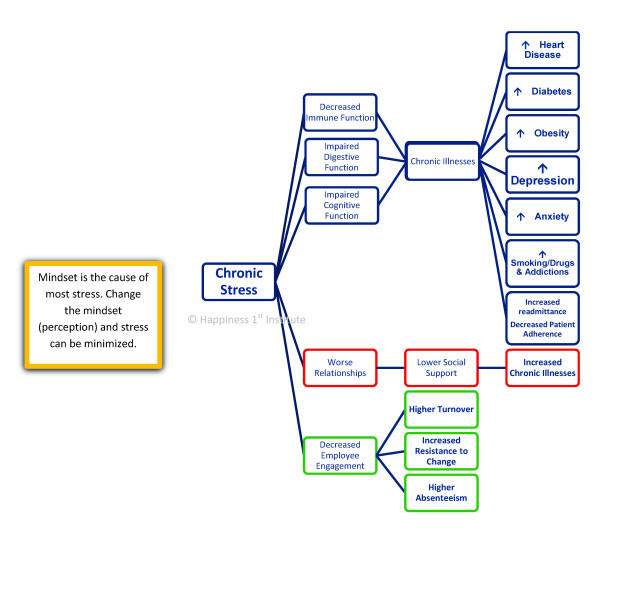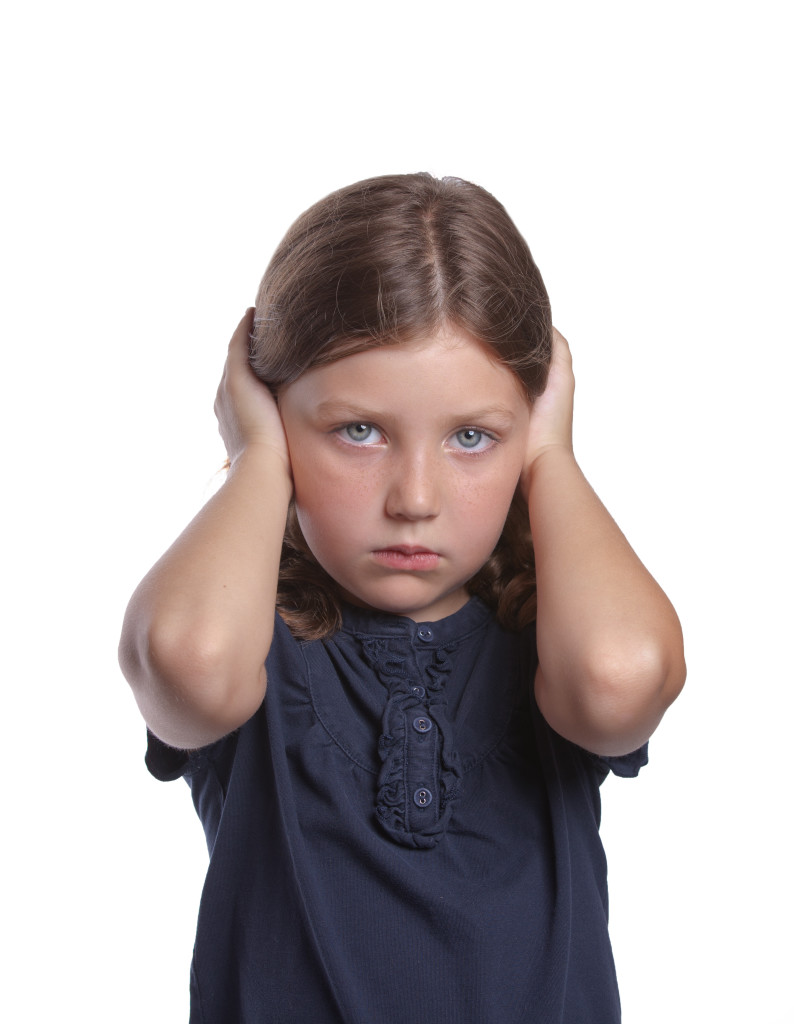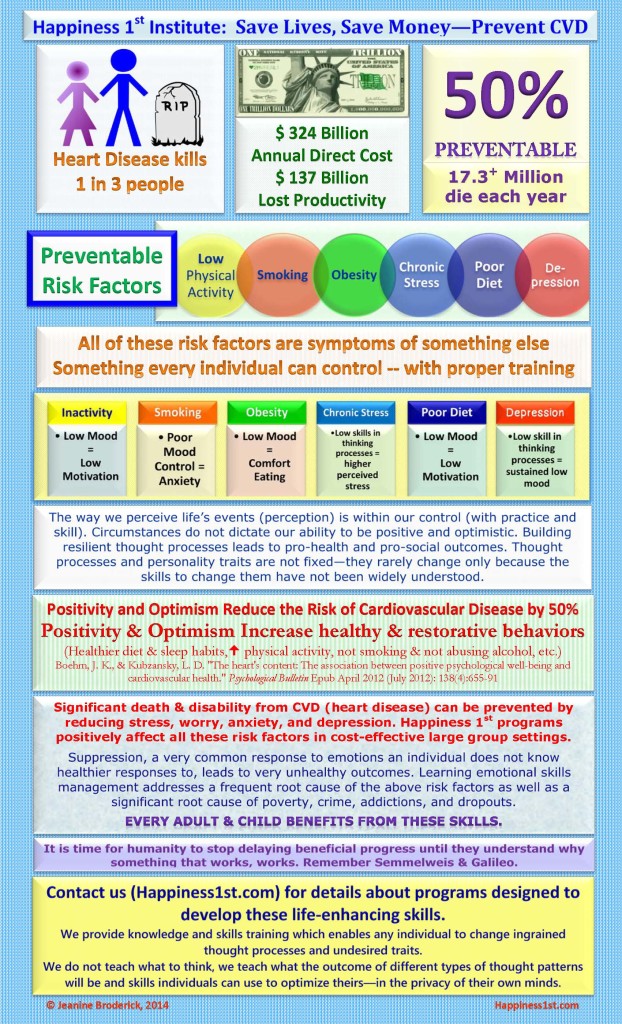Robin Williams: Reflections a Year Later
One year ago my “to do” list for this week included “Finish editing suicide prevention book.”
Then I logged on to the internet and learned that Robin Williams had died by suicide.
I felt a lot of different emotions that day. I remember wondering if I had written the book sooner if I could have made a difference. I was very certain that I did not want to appear to be capitalizing on Robin Williams death. I was saddened by the loss, knowing that his was a rare and beautiful talent that brought so much that was good to our world. I worried about my daughter who was in another state visiting a friend because she had to be one of his biggest fans. I worried about the contagion effect, how someone who was suicidal might think that if Robin Williams could not make his life feel better than how could they expect to do so.
I remembered times in my life when I was suicidal and did not act on those feelings and felt grateful. I remembered those who had been suicidal whom I had helped feel better and felt more gratitude for the knowledge I had gained that allowed me to be of benefit and for being in the right place at the right time.
I put the book aside for a while. I thought the world was too raw to receive it as it was and perhaps I was also too disheartened not to have been in the right place at the right time for Robin Williams. I’ve always had an overactive sense of responsibility for others. This was no exception.
I had a month across the pond planned and I decided to finish editing the book after that trip. The week before I left I had lunch with a friend who knew nothing about the book I was writing. During lunch, she shared with me that a close friend of hers was suffering because her boyfriend had ended his life. I took that to be a sign that I needed to get the book finished. I was too late to help Robin Williams, but there were hundreds of thousands of others who were still suffering and thousands of them would make a fatal mistake each year.
When I returned from my time overseas, I finished the book and it was published last Autumn. I’ve still been hesitant about being perceived as attempting to capitalize on Robin Williams’ death so I worked hard to put the book on Smashwords in an electronic version–something that had a steep learning curve for me. I did not really like the electronic format because citations and other helpful information did not translate well into the electronic format. I’m still not satisfied with the version on Smashwords, but it contains the essence of the helpful information. I frequently give electronic copies away. The current coupon code for Smashwords is JW78C. The print version is better, in my opinion. The print version is available here.
The focus of Prevent Suicide: The Smart Way is to prevent suicide through the use of Primary Prevention. Hand washing is an example of primary prevention of disease. Primary Prevention is something done that is truly preventative–not just early detection. Via early prevention, the undesired outcome is actually prevented. Hand washing prevents the spread of illnesses. Primary Prevention for suicide prevents the sustained low emotional states that can lead to suicidal ideation and suicide and also builds strengths. It is not just for those who are already in low emtional states, although it is beneficial to them. The time to use primary prevention is before there is a problem so the problem won’t develop. Every adult and child can benefit from this form of primary prevention.
I wish everyone a wonderful life. If my work helps you live a better life, it fills my heart with appreciation of where my life had led me and the knowledge I’ve gained along the way.
Be Well,
Jeanine Joy
If you are thinking that maybe you’d rather be dead or that those you care about would be better off if you were, call the toll-free, 24-hour hotline of the National Suicide Prevention Lifeline now at 1-800-273-TALK (1-800-273-8255); TTY: 1-800-799-4TTY (4889) to talk to a trained counselor. Or, call your doctor, dial 911, or go to an emergency room. For a free detailed booklet on depression and its treatment, go to: http://www.nimh.nih.gov/health/publications/depression/complete-index.shtml
International Emergency Numbers



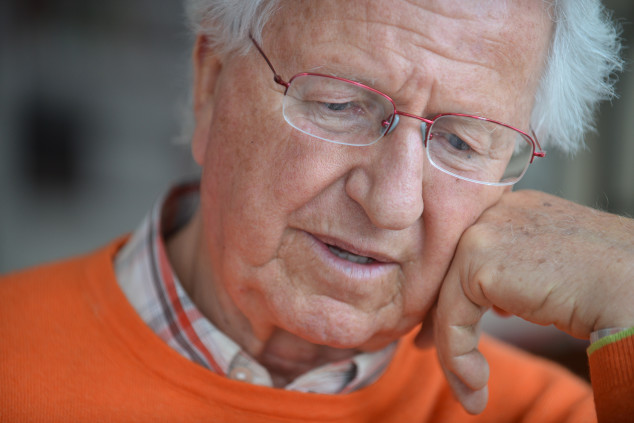

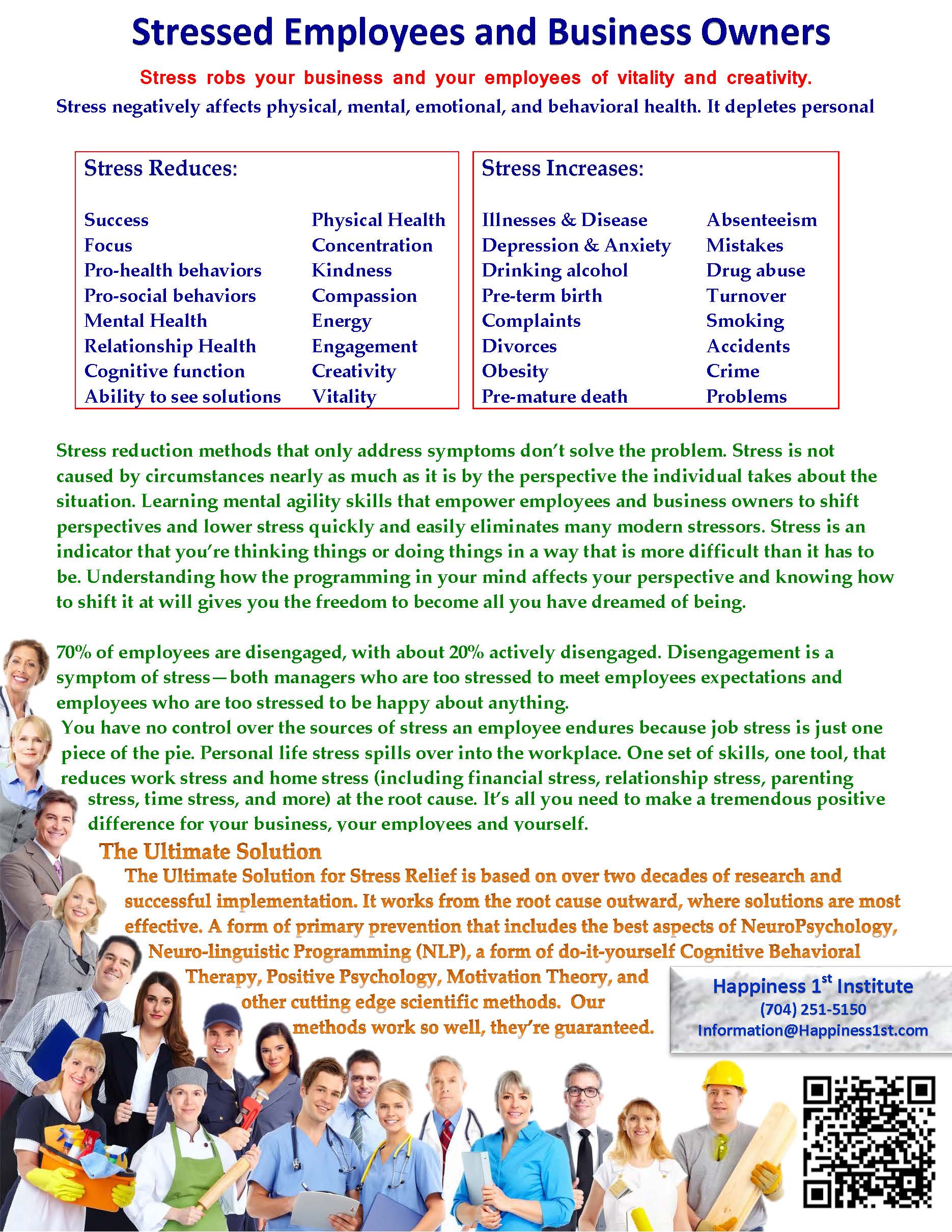 Stressed employees and business owners
Stressed employees and business owners
